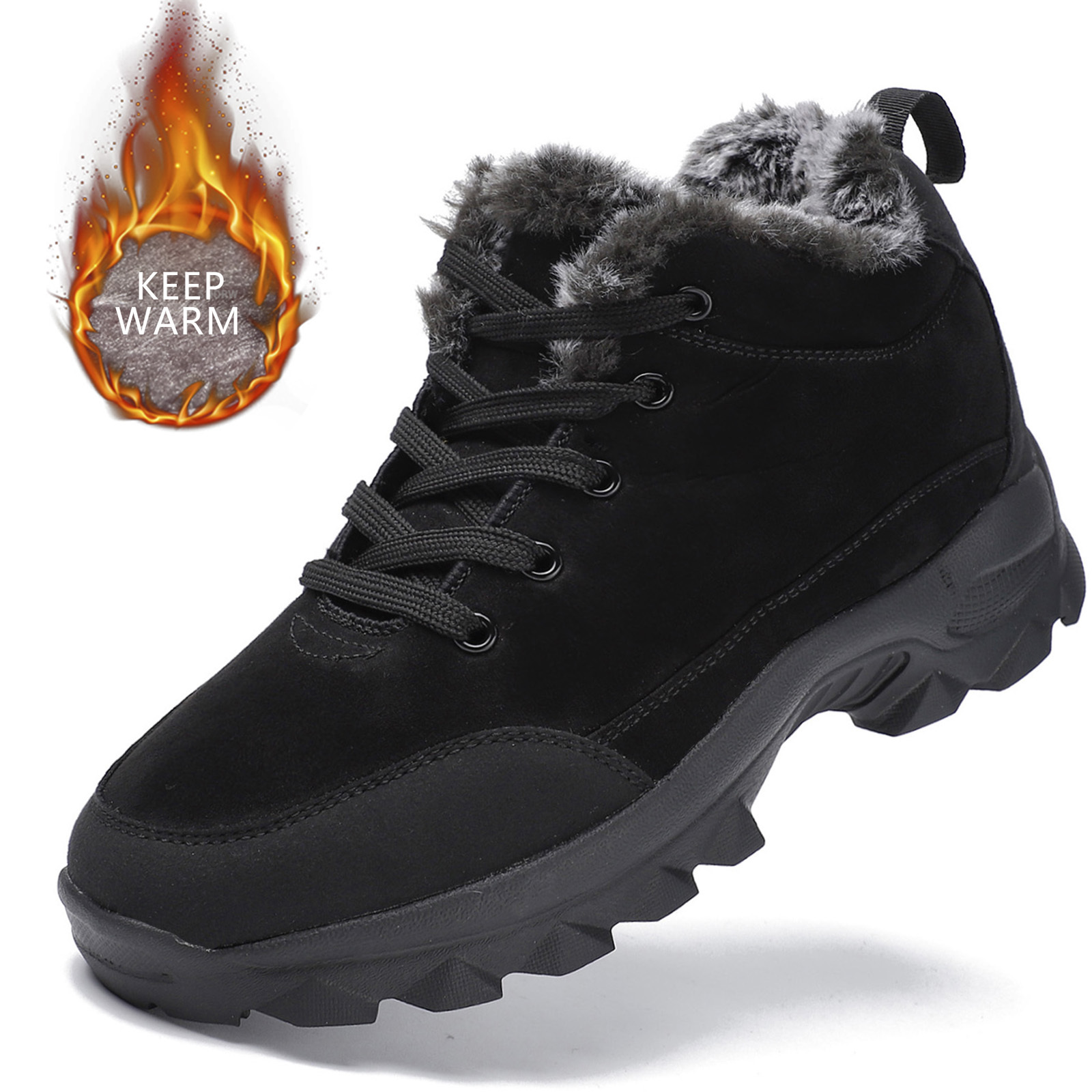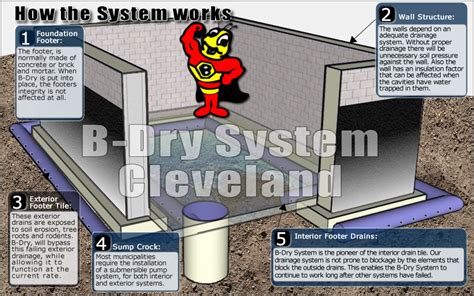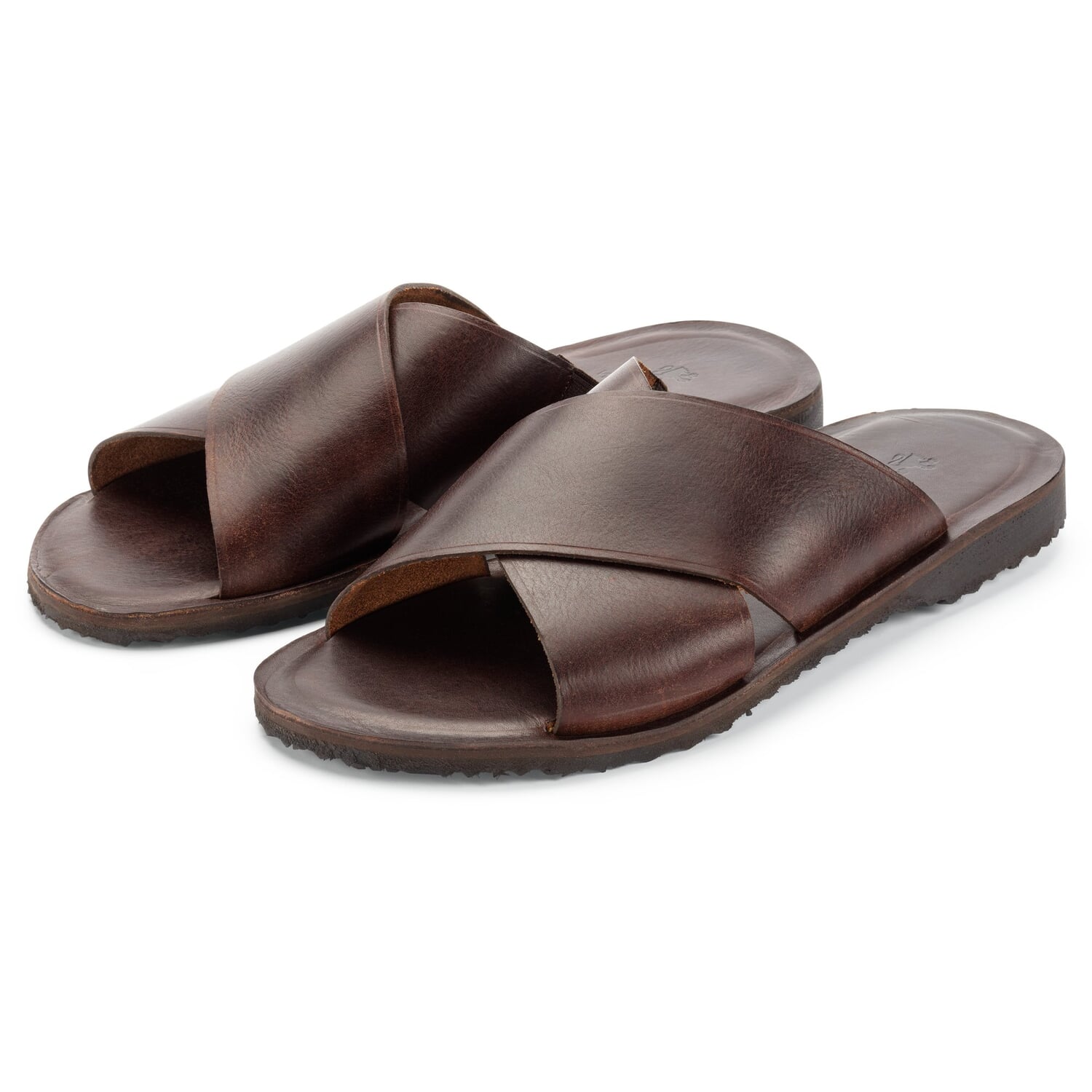Prevent Snow Slip with Right Shoes

Winter is here, and with it comes the beauty of snow-covered landscapes, but also the risks of slippery roads and sidewalks. One of the most common causes of winter accidents is slipping on icy or snowy surfaces, which can lead to serious injuries. While it’s impossible to completely eliminate the risk of slipping, wearing the right shoes can significantly reduce the chances of a fall. In this article, we’ll explore the importance of proper footwear in preventing snow slip and provide guidance on choosing the right shoes for winter conditions.
Understanding the Risks of Snow Slip
Slipping on snow or ice can happen to anyone, regardless of age or physical condition. The consequences of such falls can range from minor bruises to severe injuries, including broken bones, head trauma, and even fatalities. According to the World Health Organization (WHO), falls are the second leading cause of unintentional injury deaths worldwide, with a significant portion of these incidents occurring during the winter months. The risk factors that contribute to snow slip include:
- Environmental Conditions: Icy or snowy surfaces are the primary contributors to slip risks. Black ice, in particular, is dangerous because it’s nearly invisible.
- Footwear: Shoes with inadequate traction or improper soles can significantly increase the risk of slipping.
- Visibility and Lighting: Poor visibility due to weather conditions or insufficient lighting can make it harder to see slippery areas.
Choosing the Right Shoes for Snowy Conditions
The right shoes can make all the difference in preventing snow slip. Here are some key features to look for in winter footwear:
- Traction: Look for shoes with soles that provide excellent grip on snow and ice. Deep treads and specialized rubber compounds can improve traction.
- Water Resistance: Waterproof or water-resistant shoes can keep your feet dry, reducing the risk of slipping due to wet soles.
- Insulation: Keeping your feet warm can improve circulation, which might help prevent slipping by ensuring you have better control over your movements.
- Ankle Support: High ankles can provide additional support and stability, reducing the risk of twisting your ankle on uneven or slippery surfaces.
When shopping for winter shoes, it's also beneficial to consider the activities you'll be doing. For example, if you'll be engaging in winter sports, you might need shoes or boots specifically designed for those activities, offering both support and traction tailored to the sport.
Technologies for Improved Traction
Several technologies have been developed to enhance shoe traction on snowy and icy surfaces. These include:
- Yaktrax: A device that attaches to the sole of your shoe, providing spikes for grip on ice.
- Ice grippers: Similar to Yaktrax, these are rubber or plastic devices with spikes that fit over your shoes to improve traction on ice.
- Specialized Soles: Some shoes come with soles that have built-in studs or unique tread patterns designed for ice and snow traction.
Additional Tips for Preventing Snow Slip
While the right shoes are crucial, they’re just part of the equation. Here are some additional tips to help prevent slipping on snowy or icy surfaces:
- Take Your Time: Rushing increases your chances of slipping. Take small steps and go slowly.
- Use Handrails: When walking up or down stairs, always use the handrail for extra support.
- Stay on Designated Paths: Try to stay on paths that have been cleared of snow and ice.
- Improve Visibility: Use a flashlight or ensure the area is well-lit to help see slippery spots.
Conclusion
Preventing snow slip requires a combination of the right footwear, awareness of your environment, and cautious behavior. By choosing shoes that are appropriate for winter conditions and following the tips outlined above, you can significantly reduce your risk of slipping and falling. Remember, safety is always better than regret, so take the necessary precautions this winter to stay safe and healthy.
What makes a shoe suitable for snowy conditions?
+A shoe suitable for snowy conditions should have good traction, be waterproof or water-resistant, and provide insulation to keep feet warm. Deep treads and specialized rubber compounds can improve traction on snow and ice.
How can I improve traction on icy surfaces?
+You can improve traction on icy surfaces by using devices like Yaktrax or ice grippers, which attach to your shoes and provide spikes for better grip. Some shoes also come with specialized soles designed for ice traction.
What are some general tips for preventing slips on snowy or icy surfaces?
+General tips include taking your time when walking, using handrails on stairs, staying on designated paths that have been cleared of snow and ice, and improving visibility with lighting to spot slippery areas.
By being mindful of these factors and taking proactive steps, you can enjoy the beauty of winter while minimizing the risks associated with snowy and icy conditions. Remember, the key to a safe winter is preparation, awareness, and the right footwear.


